The right space can change the way you work. Proper planning can direct workflow, encourage collaboration, and offer distraction-free focus. Because your environment can have such a drastic effect on your working life, crafting the ideal office layout for your business is one of the most worthwhile activities you can undertake.
Because no two businesses are alike, there is no single office solution that will fit every business. It’s necessary to account for the individual company’s specific needs, activities, and employees to create a work environment that best supports the work. Depending on those qualities that make your business unique, you can mix and match various office concepts to create an environment that contributes to your success.
Related: 11 Tips for When You’re Moving Into a New Office
Work Clusters With Flexible Seating
This idea is most suitable for a highly collaborative work environment requiring a great deal of interpersonal interaction to get work done. Examples might include newsrooms, ad agencies, and other highly creative, fast-paced businesses. Create work clusters by pushing several desks together into a group. Flexible seating allows you to move from group to group with minimal hassle. In especially freeform offices, you may even want to leave the clusters unassigned so that employees can work at whichever location best suits the day’s work.
Standing Workspace
An excellent option for an active, flexible work environment, incorporating standing desks or cafe tables into your office design creates a free-flowing opportunity for getting work done. This strategy is a prevalent option for open office environments with many other highly flexible options such as comfortable seating areas and group work tables. These elements allow employees the freedom to choose where they work while allowing them to take a break from sitting down all day.
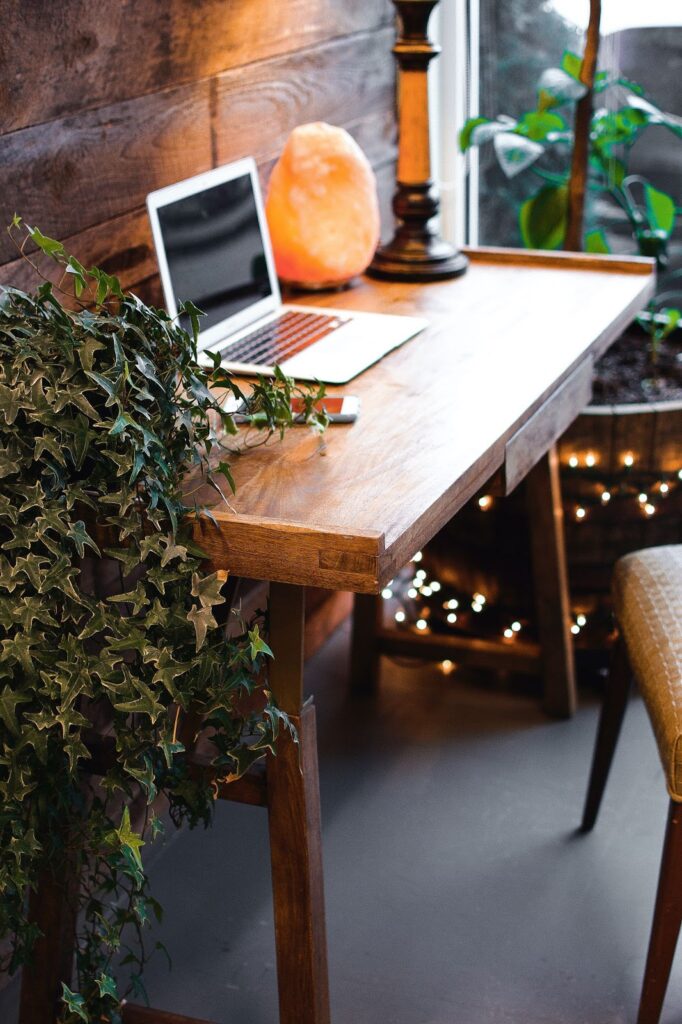
Private Nooks
Some types of work require extended periods of focused concentration. If your business needs this type of work, your office should include numerous private places that support it. You can either set employees up in separate rooms or create private workspaces using office furniture. You might try splitting up group cubes into individual units or even constructing spaces with bookshelves. Building in a variety of nooks and crannies offers your employees the opportunity for quiet time.
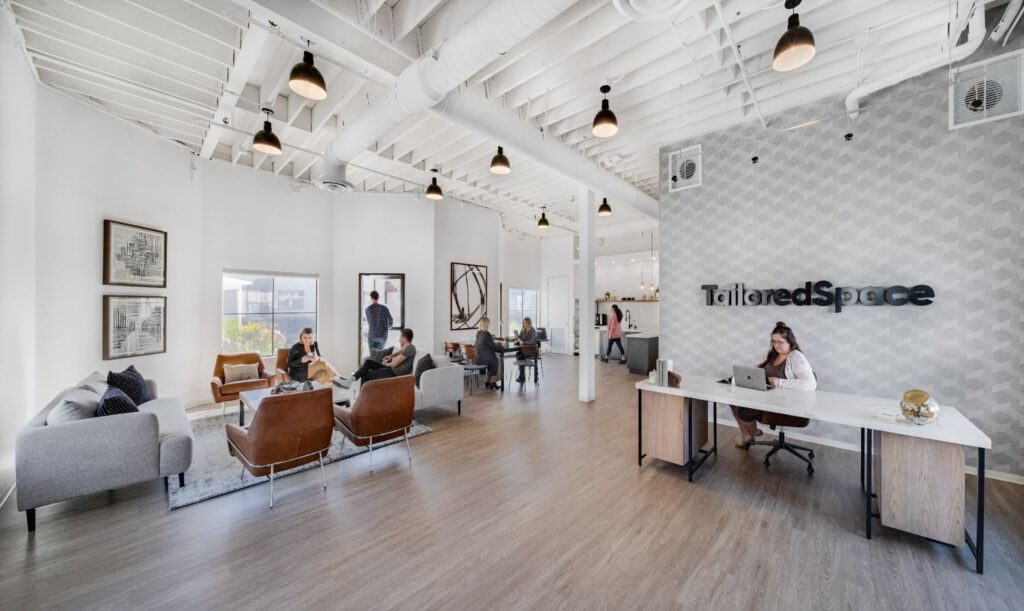
Casual Meeting Spaces
Not all workplaces are hidebound and uptight. It’s a continually growing trend that many workplaces embrace a casual, comfortable company culture. Establishing informal meeting spaces contributes to this comfort level. Group comfortable chairs in the middle of the work floor so groups can have meetings on the fly.
Related: Temporary Office Space – Is it Right for Your Team?
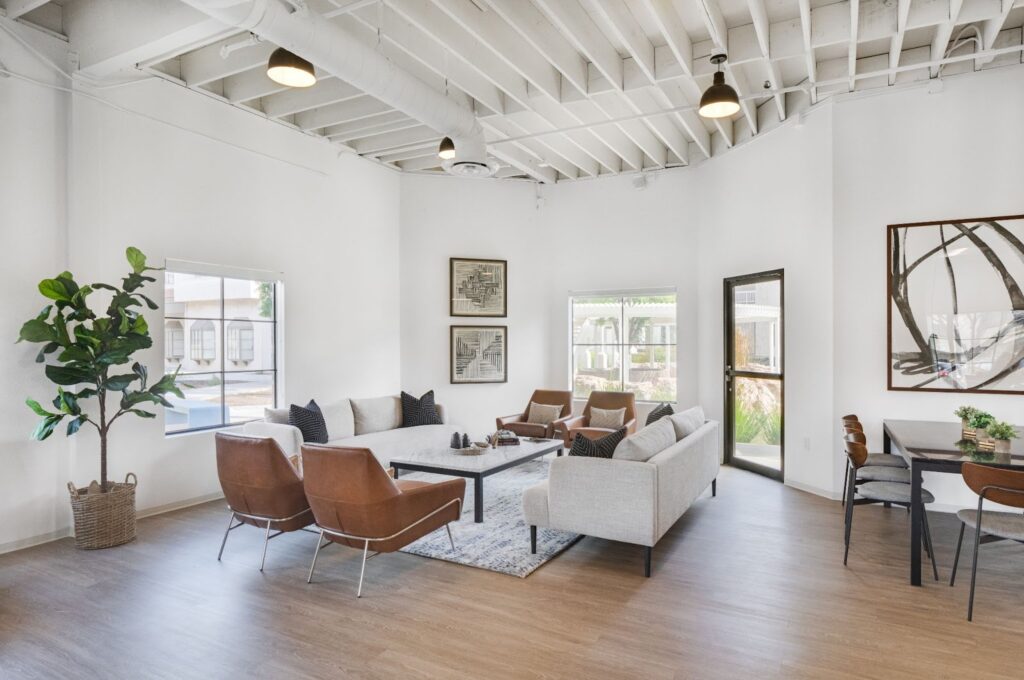
Natural Light
Fluorescent lights can be the bane of anyone’s existence. At the same time, natural light is a known contributor to both physical and mental health. That’s why it’s essential to try to incorporate it into your office design. When selecting a space, pick one with plenty of windows. You might even consider taking it a step further by establishing outdoor work areas at your company. Natural light and fresh air contribute to people’s satisfaction levels, so they’re worth introducing to your business.
Are you looking for a new office space for your team? Check out TailoredSpace today!
Include Options for Workspace
Just like no two businesses are exactly alike, no two people work in precisely the same way. To help support multiple modes of working, you may want to consider creating workspaces of various types and allowing your employees to choose where they work. Using this option, you may have several private workspaces, several group work tables or clusters, both open and closed meeting rooms, and more. People are at their most productive when they work in the style that suits them best.
Recharging Spaces
Everyone knows that breaks are essential supporters of mental health. It’s also true that it’s difficult to unwind and recharge while sitting at your work desk. Many companies are incorporating spaces targeted explicitly at allowing people to rest and recover. Designate a particular part of your floorplan for comfortable chairs, perhaps establishing a quiet zone. Let your employees make use of the area for much-needed breaks. Once they’re refreshed, they’ll be all the more ready to get back to work with clear-minded efficiency.
Flexible Meeting Spaces
A great way to support a free-flowing work environment is through the use of flexible furniture that can be easily moved or reconfigured to suit whatever purpose is necessary. To accomplish this, you might consider using rolling tables and chairs to establish work areas and meeting spaces on the fly.
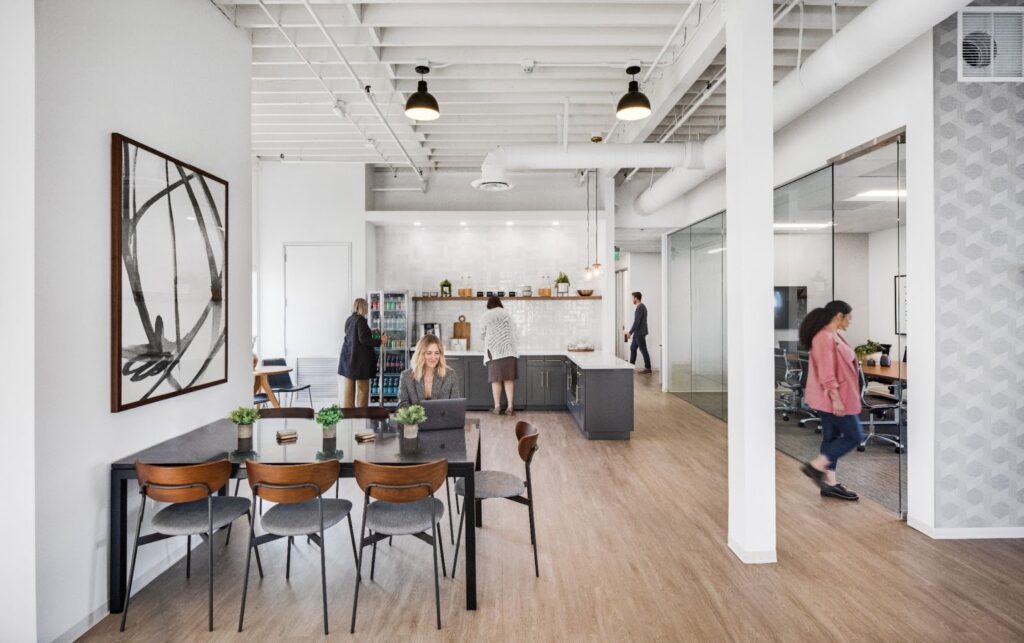
Team Desks
Many businesses, particularly startups, make use of group work tables or large team desks. This strategy not only conserves more space than providing individual desks for people but encourages collaboration and teamwork. Establishing team desks is a wonderful way to get people working together on projects or encouraging each other as they work on their individual tasks. It also lends itself to open workspaces with extremely collaborative company cultures.
Open Space
Balance is the key to good design. An overcrowded environment lends itself to a cluttered, confused-feeling mind. Allowing for empty space in the office environment gives the room a feeling of being well-ordered. In addition, it’s helpful for teams with many physically active members. Having extra open space allows team members to stretch when they grow too tight from sitting in the same position all day.
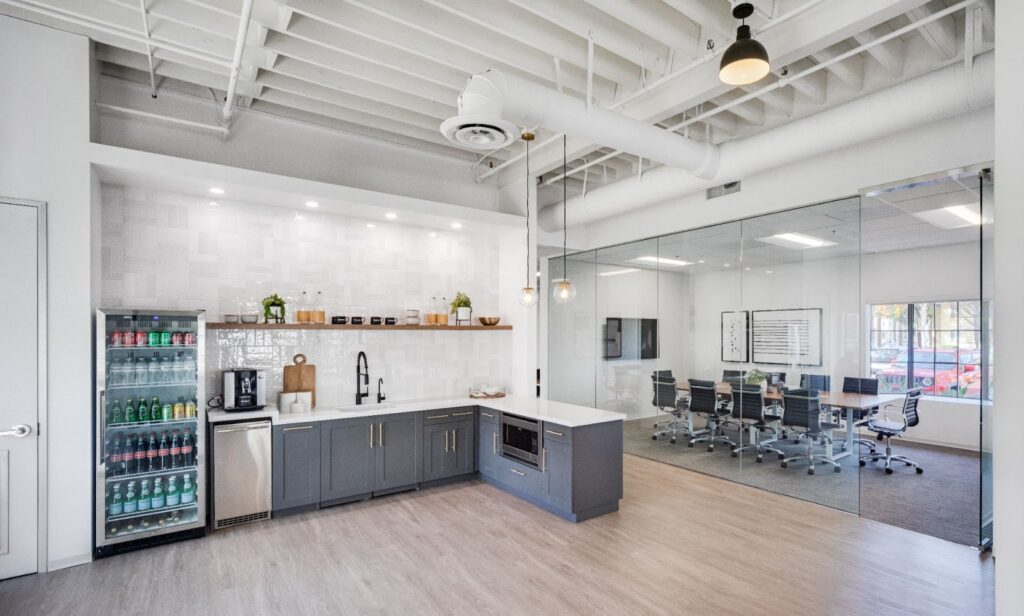
Purpose-built Areas
One of the keys to a good office design is the establishment of specific areas for specific tasks. Meeting areas should support successful meetings. Teamwork areas should support collaboration. Break areas should promote relaxation or conversation. The office kitchen should offer the necessary amenities to prepare lunch or coffee. Keeping the purpose of various areas in mind as you design creates the mindset needed to make each area as well-appointed and effective as possible.
Related: 6 Office Design Trends for the Post Covid-19 World
Conclusion
Successfully designing an office layout is a key to establishing company culture and creating a productive work environment. As such, it is not a task to be taken lightly. It requires considerations of purpose, employee work styles, the type of work to be undertaken, employee necessities, and more. Mix and match various office concepts as needed to create the most effective work environment for your business.
That might mean plenty of private space for focused concentration or a completely open floorplan with casual meeting areas interspersed with clusters of desks. It all depends on what supports the business’s work the most.
Does your team need an office to call their own? Learn more at TailoredSpace today!